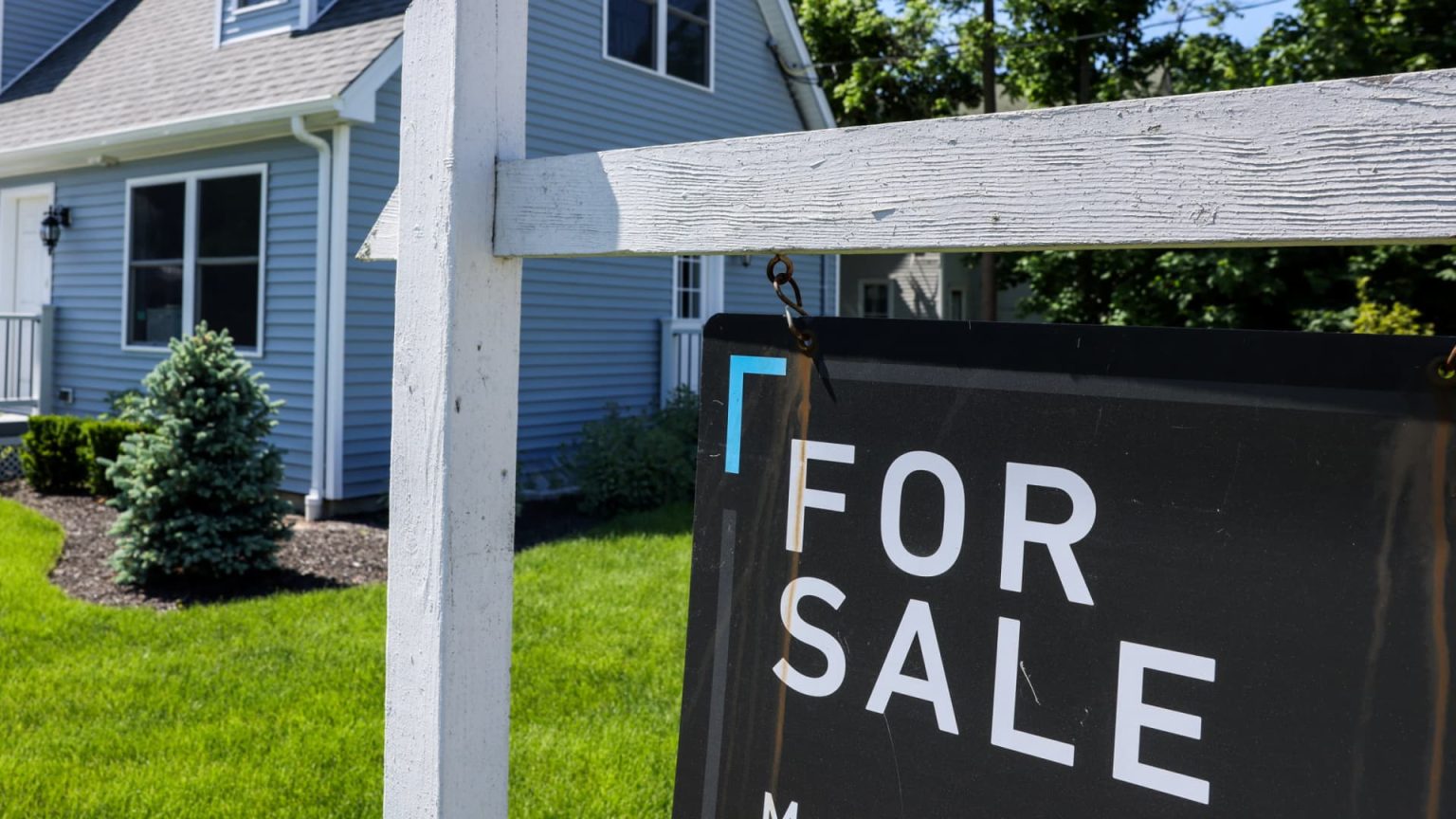Sales of previously owned homes took a hit in June, dropping 5.4% compared with May, according to the National Association of Realtors. This slower sales pace, the lowest since December, was attributed to higher mortgage rates. Contracts were signed primarily in April and May when rates on 30-year fixed mortgages rose above 7%. Though rates have since declined slightly to the high 6% range, the impact on sales was already felt.
Chief economist for the Realtors, Lawrence Yun, noted a shift from a seller’s market to a buyer’s market. Homes are staying on the market longer, receiving fewer offers, and buyers are insisting on home inspections and appraisals. National inventory levels saw a boost of 23.4% from the previous year, totaling 1.32 million units at the end of June. This marks a significant increase in supply, off record lows, yet only amounts to a 4.1-month supply, well below the six-month balance between buyers and sellers.
Despite the rise in inventory, prices for existing homes continue to climb. The median price of an existing home sold in June was $426,900, a 4.1% year-over-year increase and an all-time high for the second consecutive month. The high-end market segment is leading this surge, with sales of homes priced over $1 million seeing gains compared to last year. In contrast, the $250,000 and lower range experienced the largest drop in sales, indicating a lack of supply at the lower end of the market.
While the overall sales price remains high nationally, new listing prices are trending lower. A surge in smaller and lower-priced listings has led to a 50% increase in for-sale homes in the $200,000 to $350,000 price range compared to a year ago. Additionally, higher-end buyers are more likely to use cash for purchases, with 28% of sales reported as all cash, up from 26% the previous year. Investors, however, have scaled back slightly, now accounting for 16% of sales, down from 18% in the previous year. These market dynamics could potentially impact future sales and pricing trends.
Looking ahead, Yun asserts that increased inventory levels could have two possible outcomes. Either home sales could rise as more options become available to buyers, or if demand does not keep pace with supply, prices may see downward pressure. The delicate balance between supply, demand, and pricing will be closely monitored as the housing market continues to evolve from a seller’s market to a buyer’s market. With market conditions in a state of transition, buyers and sellers alike will need to navigate changing dynamics in order to achieve their real estate goals.


